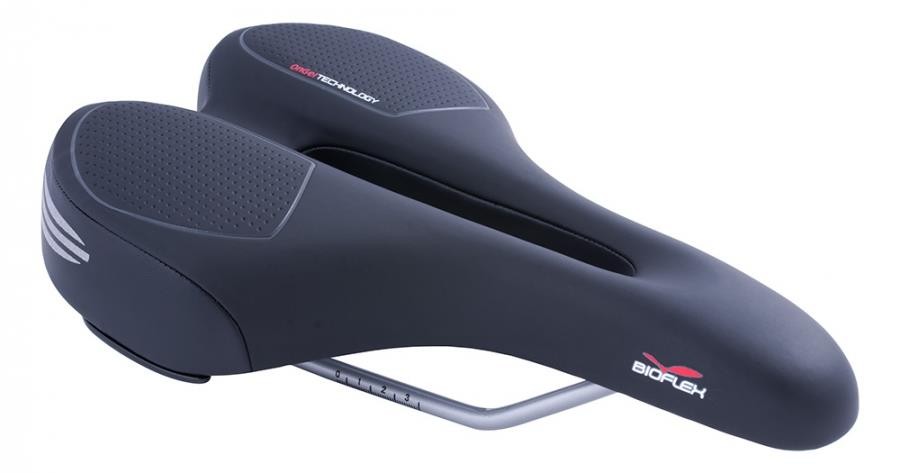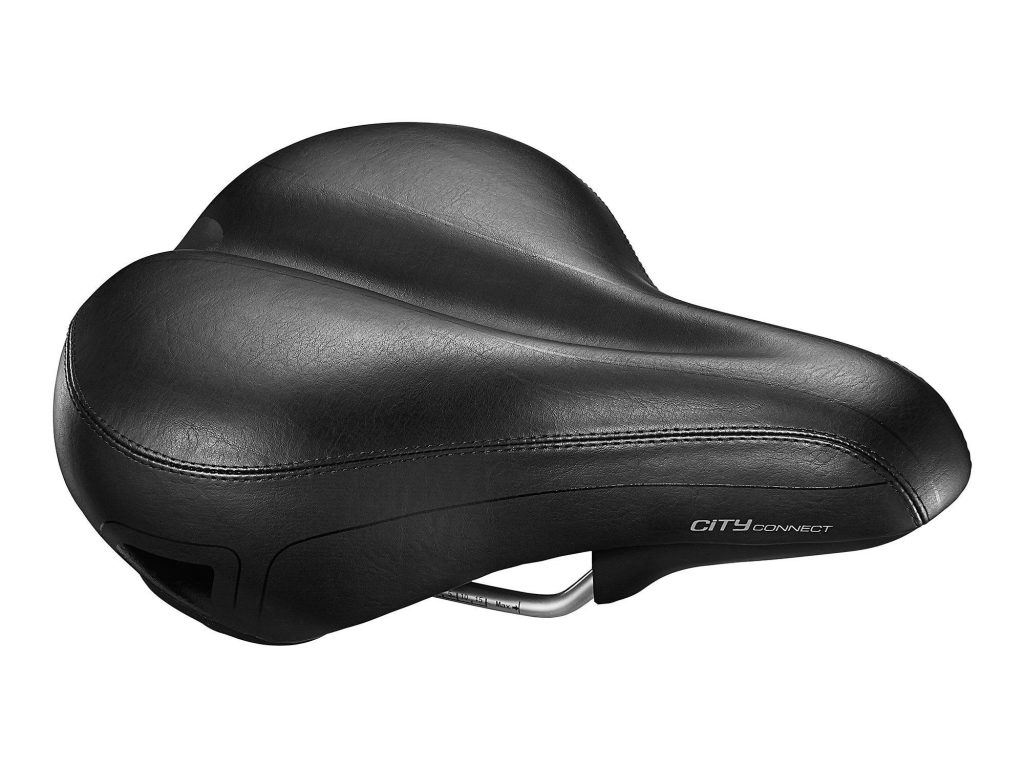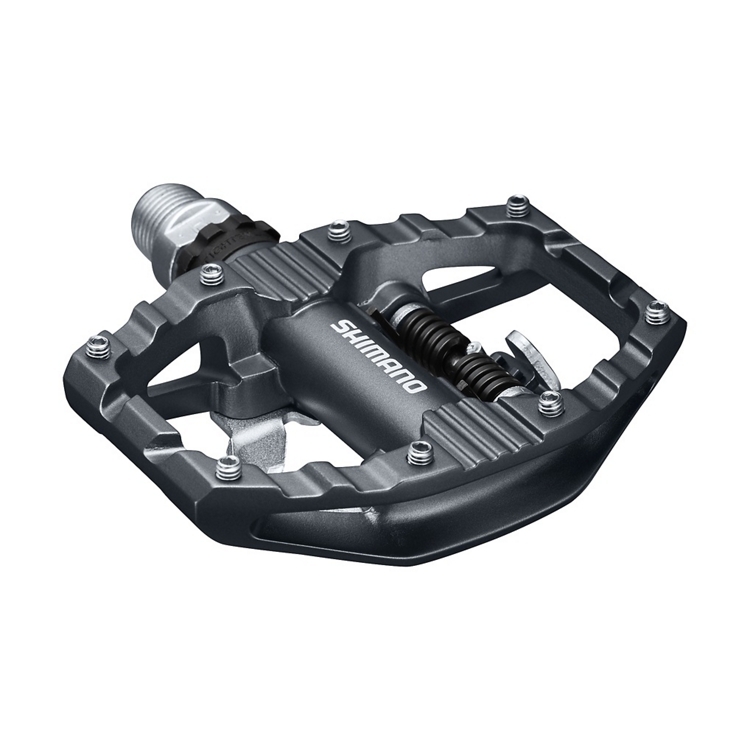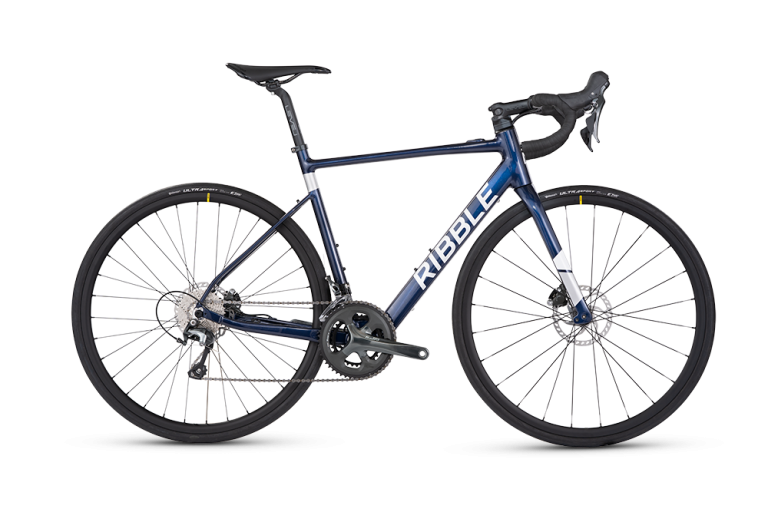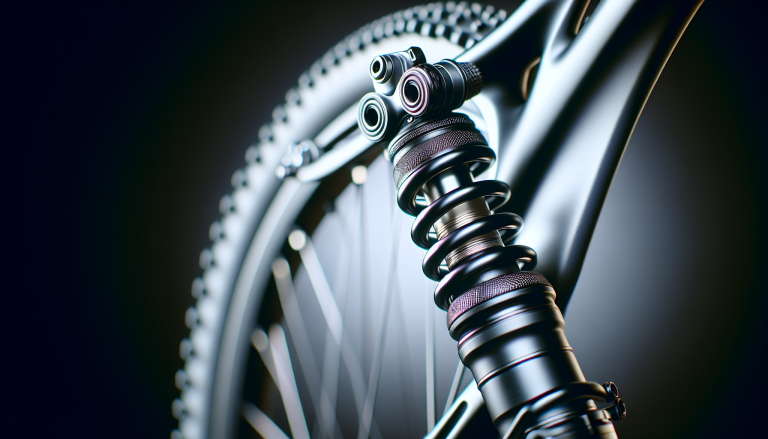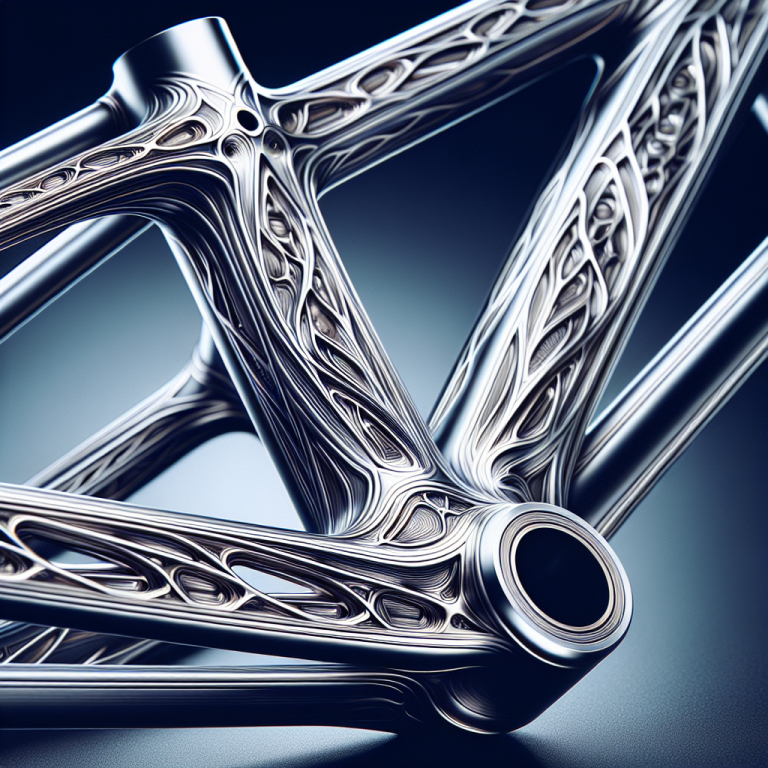Have you ever experienced that uncomfortable sensation of numbness in your nether regions while cycling? It’s a common issue that many cyclists face, and it can be quite perplexing. In this article, we will explore the reasons behind why you might get numb nuts when cycling and provide some tips to alleviate this discomfort. So, if you’re ready to uncover the mystery behind this cycling conundrum, let’s pedal into action!
Table of Contents
ToggleCauses of Numb Nuts While Cycling
1. Pressure on the Perineum
One of the main reasons for experiencing numbness in the groin area while cycling is due to the pressure exerted on the perineum. The perineum is the region between the anus and the genitals, and the constant pressure from the saddle can compress the nerves and blood vessels in this area, leading to numbness.
2. Inadequate Saddle Fit
Another common cause of numb nuts while cycling is an inadequate saddle fit. If your saddle is too narrow or too wide, it can increase the pressure on your perineum and cause discomfort. It is essential to find a saddle that properly supports your sit bones and distributes your weight evenly.
3. Wrong Riding Position
Using the wrong riding position can also contribute to numbness in the genital area. Leaning too far forward or having an incorrect saddle height can put excessive pressure on the perineum, leading to numbness. It is crucial to ensure that you have the correct bike fit and maintain a proper riding position to prevent this issue.
4. Excessive Vibrations
Cycling on rough terrains or using a bike without proper suspension can result in excessive vibrations. These vibrations can travel through your bike and cause discomfort and numbness in your groin area. Investing in a bike with good suspension or using padded gloves can help absorb some of the vibrations, reducing the risk of numbness.
5. Lack of Proper Bike Shorts
Wearing proper cycling shorts can make a significant difference in preventing numbness while cycling. Cycling shorts are designed with padding that provides cushioning and support to your sit bones. This padding helps alleviate pressure on the perineum and reduces the risk of experiencing numbness.
6. Prolonged Cycling Sessions
Long rides or prolonged cycling sessions can also contribute to numb nuts. Spending extended periods in the saddle without taking breaks can lead to increased pressure on the perineum and compression of nerves and blood vessels. It is advisable to take regular breaks during your rides to allow circulation to the groin area and prevent numbness.
7. Nerve Compression
Numbness while cycling can also occur due to nerve compression. The nerves that supply sensation to the genital area can be compressed or irritated from repetitive pressure and movement during cycling. This compression can result in temporary numbness or tingling sensations.
8. Provisional Numbness
Provisional numbness is a phenomenon that can occur during cycling. It refers to the temporary loss of sensation in the genital area due to pressure on the perineum. This numbness usually subsides shortly after stopping cycling or changing position. While provisional numbness may not be a cause for concern, it is still essential to address the underlying causes to prevent any long-term issues.
9. Medical Conditions
In some cases, numbness while cycling may be a symptom of an underlying medical condition. Conditions like pudendal neuralgia or pelvic floor dysfunction can cause numbness or pain in the genital area during cycling. If you consistently experience numbness while cycling, it is advisable to consult a medical professional for a proper diagnosis and treatment.
10. Psychological Factors
Psychological factors, such as anxiety or stress, can also contribute to numbness while cycling. When the body is tense, blood flow may be restricted, leading to numbness in various areas, including the genital region. Relaxation techniques, such as deep breathing and focusing on your riding form, can help reduce tension and prevent the onset of numbness.
Prevention and Remedies
1. Use a Proper Bike Saddle
Choosing a saddle that suits your body type and riding style is crucial in preventing numb nuts. Look for a saddle with sufficient width to support your sit bones and a cutout or groove to alleviate pressure on the perineum. Test out different saddles to find one that promotes comfort and reduces the risk of numbness.
2. Adjust Your Riding Position
Maintaining a proper riding position is essential for avoiding numbness while cycling. Make sure your saddle height, tilt, and handlebar position are adjusted correctly. This ensures that your weight is evenly distributed and minimizes pressure on the perineum. If you’re unsure about your riding position, consider getting a professional bike fit to optimize your setup.
3. Wear Proper Cycling Shorts
Investing in high-quality cycling shorts with adequate padding is an effective way to prevent numb nuts. Look for shorts with a chamois that provides cushioning and support to your sit bones. The padding in cycling shorts helps absorb shocks and reduces pressure on the perineum, enhancing comfort and preventing numbness.
4. Take Frequent Breaks
To avoid prolonged pressure on the perineum, take regular breaks during your cycling sessions. Use these breaks to stretch, walk around, and allow blood circulation to the genital area. Taking breaks also gives your body a chance to recover and reduces the risk of developing numbness.
5. Do Pelvic Exercises
Strengthening your pelvic floor muscles can help improve blood flow and prevent numbness. Incorporate pelvic floor exercises into your regular fitness routine to strengthen the muscles that support the perineum. Simple exercises like Kegels can go a long way in reducing the risk of numbness while cycling.
6. Choose a Saddle with a Cutout or Groove
Saddles with a cutout or groove are designed specifically to relieve pressure on the perineum. These designs help reduce the compression of nerves and blood vessels, minimizing the risk of numbness. Consider trying out different saddle designs to find one that offers optimal comfort and support for your riding style.
7. Opt for Gel or Foam Padding
If you find that your saddle alone doesn’t provide enough cushioning, consider using additional padding. Gel or foam saddle covers can be easily added onto your existing saddle to provide extra comfort and shock absorption. Experiment with different padding options to find the one that works best for you.
8. Use a Suspension Seatpost
To minimize the impact of vibrations, consider using a suspension seatpost. Suspension seatposts absorb shocks and vibrations from the road or trail, reducing the strain on your body. By minimizing vibrations, you can prevent discomfort and numbness in the genital area while cycling.
9. Avoid Wearing Tight Clothing
Wearing tight clothing can restrict blood flow and increase the risk of numbness. Opt for loose-fitting cycling shorts and jerseys that allow for proper circulation. Avoid wearing underwear with seams that can irritate the perineum. Choosing comfortable clothing can significantly reduce the chances of experiencing numb nuts.
10. Seek Medical Advice if Symptoms Persist
If you consistently experience numbness or discomfort in the genital area while cycling, it is essential to seek medical advice. A healthcare professional can evaluate your symptoms, diagnose any underlying medical conditions, and provide appropriate treatment. Don’t ignore persistent symptoms, as timely intervention can help prevent any long-term complications.
In conclusion, numb nuts while cycling can be caused by various factors such as pressure on the perineum, inadequate saddle fit, wrong riding position, excessive vibrations, lack of proper bike shorts, prolonged cycling sessions, nerve compression, provisional numbness, medical conditions, and psychological factors. By following prevention measures like using a proper bike saddle, adjusting your riding position, wearing proper cycling shorts, taking frequent breaks, doing pelvic exercises, choosing a saddle with a cutout or groove, opting for gel or foam padding, using a suspension seatpost, avoiding tight clothing, and seeking medical advice if symptoms persist, you can minimize and prevent numbness while cycling. Remember to prioritize your comfort and take care of your groin area to have an enjoyable and pain-free cycling experience.

